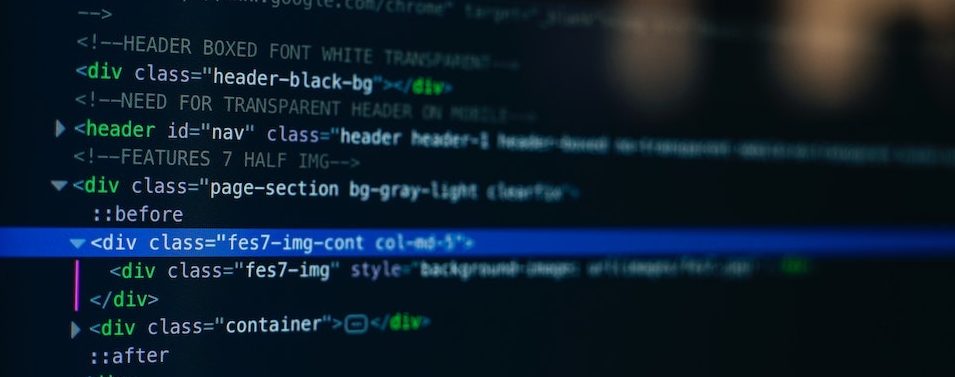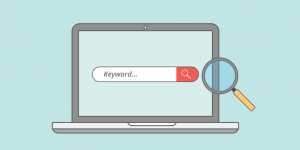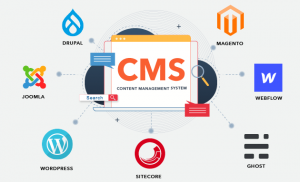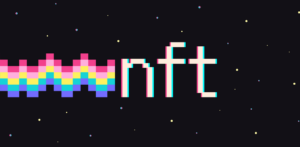What is HTML and how do you learn web programming

Html is the language of the web
HTML is one of the most commonly used programming languages for creating and designing websites and pages. This programming language is called a markup language, meaning it is characterized by markup tags. Markup tags are keywords enclosed in square brackets that, when used, produce specific output in the browser window. There are hundreds of different markers, each serving a different purpose. The most common tags include , which opens an HTML document.

HTML is a text file that contains certain syntax, file, and naming conventions that tell computers and web servers that it is HTML and should be read as such. By applying these HTML conventions to a text file in almost any text editor, a user can write and design a simple web page and then upload it to the Internet.
A basic understanding of html will help you learn web programming
Every browser uses HTML because it defines the structure of the Web. Therefore, it is important for new programmers to understand the basics of HTML. If you end up doing any kind of web development, you should definitely learn HTML. Knowledge of HTML syntax will also help you use other programming frameworks.
Plus, HTML is a great language to start with if you’re just starting out coding. By taking an HTML course, you can teach yourself to think like a programmer. This shift in mindset will serve you well if you decide to pursue your education in data science or web development.
How to create a website using html and css
HTML provides the original tools needed to build website content. CSS, on the other hand, helps in styling the content so that it appears to the user as intended. These languages are kept separate to ensure the website is properly built before reformatting.
HTML is used to build web pages but has limitations when it comes to fully responsive components. Therefore, HTML should only be used to add text elements and structure to the page. For more complex functionality, HTML can be combined with Cascading Style Sheets (CSS) and JavaScript (JS).
How to add interactivity to your website with javascript
JavaScript is a programming language that can add interactivity to your website. This happens in games, in responsive behavior when a button is pressed or data is entered into a form; with dynamic styling; such as animations, etc. This article will help you get started with JavaScript and deepen your understanding of the possibilities.

All of these web technologies can be combined seamlessly to create truly immersive websites. The beauty of web development today is that most modern browsers tend to support web applications and interactive pages with embedded Javascript code. Therefore, no additional plugins are even required. Users just need to enable Javascript, which is the browser default in most cases.
How to use google maps on your website
In this article, we have looked at Google Maps and how to include or embed Google Maps in our HTML templates/websites. Once the Google Map is embedded in the website, we can pin a location on it to show the user the current location of the store or business.

By using the Google Maps API, it is possible to embed Google Maps into external websites that display location-specific data. Although originally just a JavaScript API, the Maps API has expanded to include an API for Adobe Flash applications (but discontinued), a service for retrieving static map images, and for performing geocoding, generating driving directions and retrieved web service elevation profiles. More than 1,000,000 websites use the Google Maps API, making it the most widely used API in web application development. In September 2011, Google announced that it would discontinue use of the Google Maps API for Flash.
How to use adobe photoshop and illustrator on your website
However, if you’re planning to work on a large-scale website creation project, it’s a good idea to learn how to use Illustrator with Photoshop. Today, the design process is often divided between the two software based on what is being designed.

Graphical editors help developers create and edit graphical website elements. Adobe Creative Suite is the industry standard, but if you’re new to design, the monthly fee can be steep. For alternatives, see GIMP (the free version of Adobe Photoshop) and Inkscape (the free version of Adobe Illustrator for creating vector graphics).







